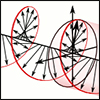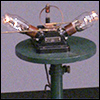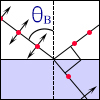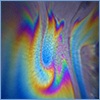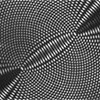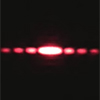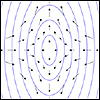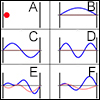Looking for something specific in this course? The Resource Index compiles links to most course resources in a single page.
Part III: Optics
Course Info
Learning Resource Types
theaters
Lecture Videos
notes
Lecture Notes
assignment
Problem Sets
Instructor Insights
grading
Exams


